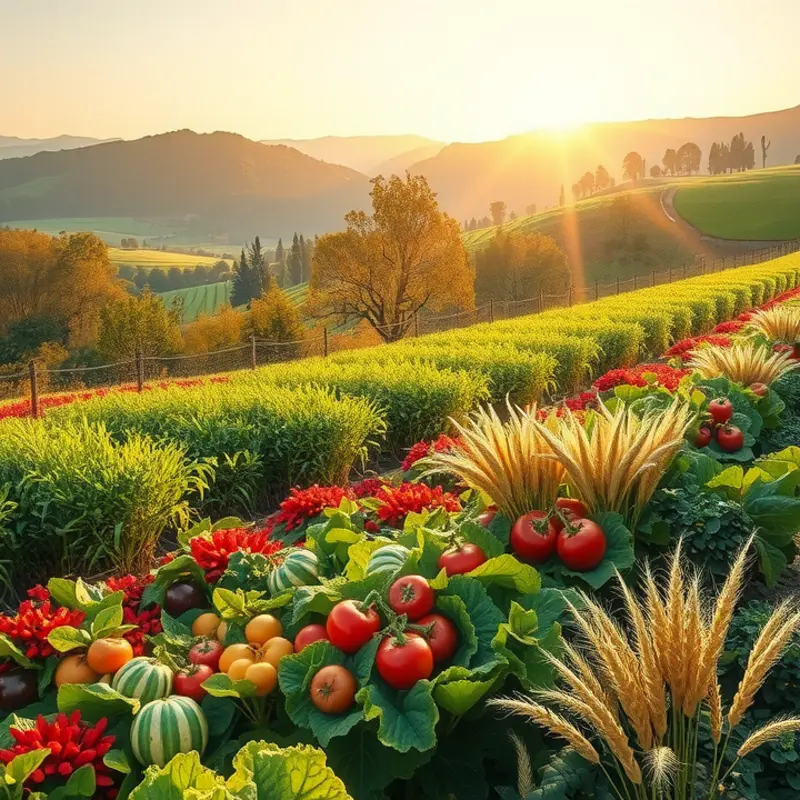Cooking grains perfectly is an essential skill that can elevate your meals. Whether it’s fluffy rice, wholesome quinoa, or al dente pasta, mastering grain preparation not only enhances flavors but also provides a nutritious base for countless dishes. With straightforward techniques and a few handy tips, you’ll be on your way to becoming a grain-cooking pro, capably adapting your methods to various grains and achieving consistent results. Let’s explore the steps to help you cook grains with confidence and ease.
Understanding Different Grains

Gaining familiarity with the varieties of grains and their unique cooking requirements can greatly enhance your culinary skills. Let’s explore four popular grains: rice, quinoa, barley, and pasta. Each has distinctive characteristics that dictate specific cooking methods, water ratios, and preparation steps. Understanding these nuances ensures optimal texture and flavor.
Rice is a staple across many cultures and comes in varieties like jasmine, basmati, and brown rice, each with unique cooking methods. Typically, the water ratio for white rice is 1:2 (one part rice to two parts water). For brown rice, a 1:2.5 ratio is more accurate due to its tougher bran layer. Rinsing the rice before cooking removes excess starch, preventing a gummy texture. Rice is rich in carbohydrates and offers a good mix of vitamins, notably B vitamins for energy.
Quinoa, often hailed as a supergrain, is a complete protein, containing all nine essential amino acids. It cooks quickly and is perfect for busy weeknights. The standard water ratio is 1:2. Rinse quinoa thoroughly before cooking to remove its natural coating called saponin, which can taste bitter. Quinoa’s high-protein content and generous fiber make it an excellent choice for healthy eating.
Barley is a hearty, chewy grain commonly used in soups and stews. Pearl barley, the most common form, requires a 1:3 water ratio and takes about 45 minutes to cook. Hulled barley, less processed than pearl, needs more cooking time and additional water. Its rich fiber content aids digestion and supports heart health, making it a nutritious choice.
Although not technically a grain, pasta is a beloved carbohydrate source worldwide. With endless shapes and sizes, cooking pasta generally requires a lot of water—at least 4 quarts per pound. Salting the water before adding pasta enhances its flavor. Cooking times vary, so tasting for the perfect al dente texture is key.
Grains provide essential nutrients and are an integral part of a balanced diet. Exploring their diversity opens up various culinary possibilities. Moreover, when planning meals, practical ingredient batching can save time and ensure you have these wholesome foods ready to go (visit our practical ingredient batching guide for more insights).
By appreciating each grain’s nature, you can adapt your cooking process, ensuring delightful textures and rich flavors in every dish. This understanding equips you to make informed nutritional choices, catering to your family’s tastes and dietary needs.
Cooking Techniques for Perfect Grains

Cooking grains to perfection hinges on mastering a few key techniques. First, rinsing grains such as quinoa and farro can make a difference. Rinsing removes surface starch, which can make grains sticky, and helps eliminate any bitterness in certain varieties. To rinse, place the grains in a fine mesh strainer and run water over them, swirling them with your fingers. This simple step can substantially affect the final texture.
Adjusting cooking times is another crucial element. While instructions often appear on packaging, there is room for personal adjustment. Factors such as grain age, heat variance, or even altitude can affect cooking times. It’s important to taste-test nearing the end of the suggested time. This approach remains important especially when exploring new grains or embracing healthier, unconventional options as seen in easy plant-based eating.
Selecting the right pot or method can transform your results. For rice, using a rice cooker ensures consistent results, while steaming certain grains on the stovetop can maintain their distinct textures. When using stovetop methods, choosing a heavy-bottomed pot helps distribute heat evenly, preventing the grains from burning or sticking.
Flavor enhancement is another delightful way to elevate your grains. Cooking them in broth instead of water introduces depth. You can also infuse them with herbs such as thyme or bay leaf during cooking. Adding spices like cumin or turmeric can bring warmth and complexity. Post-cooking, tossing grains with fresh herbs, lemon zest, or toasted nuts can make your dish shine.
With practice and patience, these techniques will feel intuitive. Experimenting with different grains and flavors becomes an exhilarating culinary exercise. The journey towards mastering grains is filled with small triumphs, and as with any culinary skill, it improves with consistent practice and creativity.
Final words
Cooking grains perfectly is a skill within reach for any home cook, regardless of experience level. By understanding the unique characteristics of each grain and employing simple yet effective cooking techniques, you can consistently achieve delicious results. Remember, practice makes perfect; don’t hesitate to experiment with flavorings and different cooking methods. Soon, grains will become your go-to ingredients for nutritious and satisfying meals. Embrace the process of mastering grains, and you’ll unlock a world of culinary possibilities.







